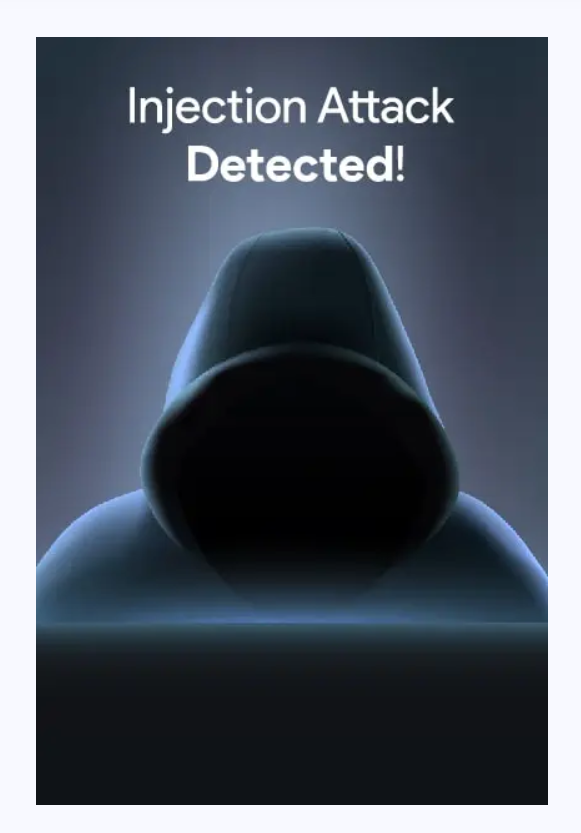Biometric authentication is increasingly relied on for seamless user onboarding and secure access. Liveness checks — sometimes called anti-spoofing or presentation-attack detection — are the frontline defense that ensures a live person, not a photo, video, or synthetic stream, is interacting with your system. But attackers evolve too: one notable threat is the camera injection attack, which targets the video input pipeline itself. Understanding both is essential for building robust identity verification.
What are liveness checks?
Liveness checks verify that biometric input originates from a real, live human rather than a replayed or synthetic source. There are two common approaches:
-
Active liveness: prompts the user to perform actions (blink, smile, turn head, speak a phrase). These checks are simple and effective but can hurt UX if overused.
-
Passive liveness: analyzes passive cues from a single image or short video (texture analysis, reflection patterns, depth cues, motion consistency, micro-expressions). This enables smoother user journeys while keeping spoofing risk low when implemented well.
Modern systems combine multiple signals — facial landmarks, depth estimation, infrared reflection, and device telemetry — to improve accuracy and reduce false accepts.
What is a camera injection attack?
A camera injection attack is an adversary technique that feeds counterfeit video or image streams directly into the device’s camera feed or the verification pipeline. Instead of presenting a fake face physically (photo or mask), the attacker intercepts or replaces the camera input with a manipulated stream (pre-recorded video, deepfake, or synthetic rendering). Because the spoof bypasses the physical camera layer, naïve liveness detectors that only analyze visual frames can be fooled.
Common vectors include:
-
Compromised device drivers or middleware that accept injected frames.
-
Malicious apps that create virtual camera devices presenting doctored streams.
-
Network-based stream replacement in remote verification setups.
Why it matters
Camera injection attack are stealthy and can defeat systems that assume the camera input is trustworthy. For businesses using face authentication for KYC, payments, or access control, the consequence can be unauthorized account takeover, fraud, or regulatory exposure.
Practical mitigations
-
Hardware-backed attestation: rely on secure camera stacks and hardware attestation (TEE/secure enclave) to ensure the stream originates from the physical sensor.
-
Sensor-level signals: use signals difficult to spoof via injection — infrared reflection, time-of-flight/depth, or polarization patterns.
-
Challenge–response + contextual checks: combine active liveness prompts with passive analytics and device telemetry (e.g., camera model, process signatures).
-
Virtual camera detection: implement checks for virtual camera drivers or unexpected camera properties and fail-open policies only after careful risk assessment.
-
Server-side stream validation: verify frame timing, entropy, and unique noise signatures that match legitimate sensors.
-
Regular security audits: test your verification flow with red-team exercises, including injection and driver-level attacks.
Conclusion
Liveness checks are essential but not sufficient alone; real security requires treating the camera input as untrusted and layering hardware attestation, sensor-specific signals, behavioral challenges, and threat detection. Combining strong anti-spoofing with defenses against camera injection attacks gives you the best chance of keeping biometric verification reliable and fraud-resistant.

